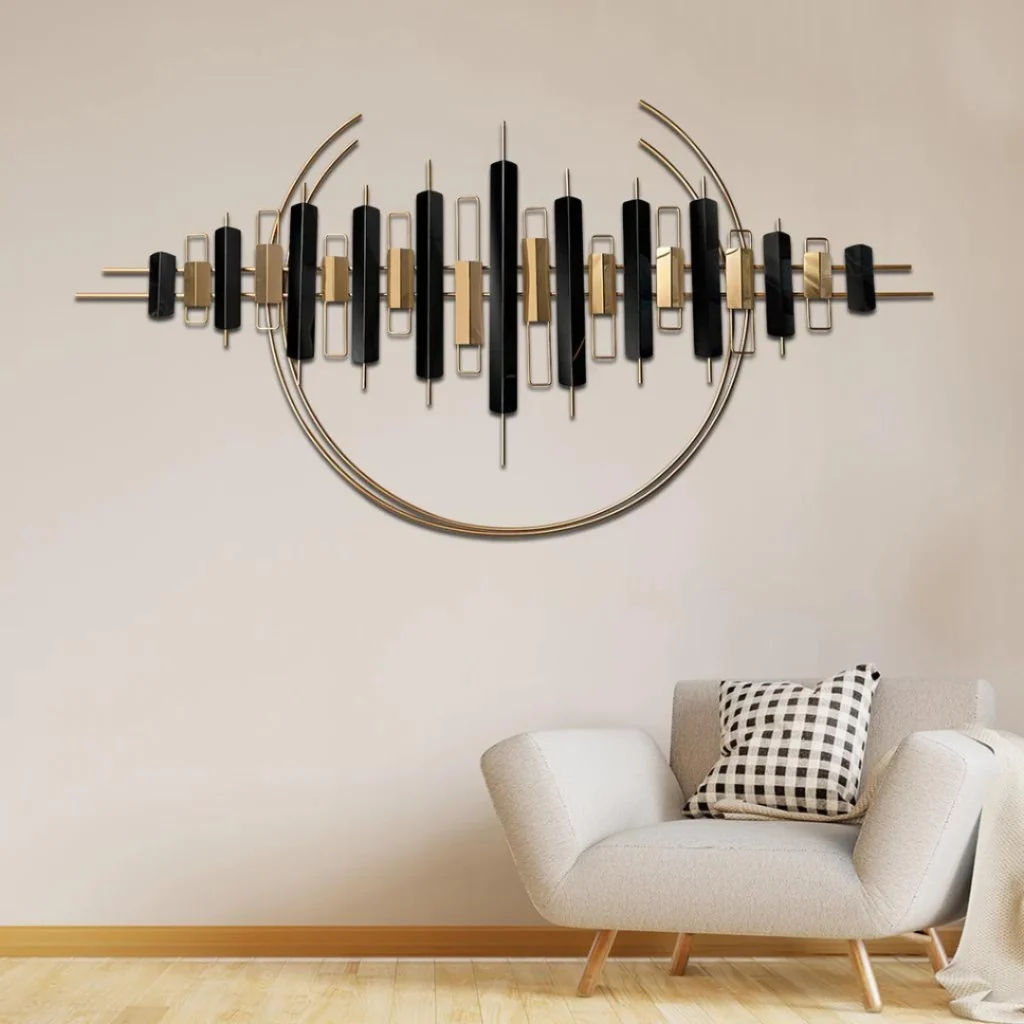Advanced Fabrication Techniques in Modern Engineering and Architectural Design
Advanced fabrication techniques are revolutionizing modern engineering and architectural design by enabling the creation of more intricate, efficient, and sustainable structures. These techniques leverage cutting-edge technologies to transform design concepts into reality with unprecedented precision and flexibility. One of the most notable advancements is the use of computer numerical control CNC machining, which allows for the precise cutting and shaping of materials based on digital models. This technique supports the production of complex geometries that were previously unfeasible with traditional methods. CNC machining has found applications in various materials, including metals, plastics, and composites, facilitating the construction of everything from bespoke architectural elements to custom-engineered components in aerospace and automotive industries. Another transformative technique is 3D printing, or additive manufacturing, which has expanded the possibilities for design and construction. By building objects layer by layer from digital models, 3D printing allows for the creation of highly detailed and customized structures with minimal material waste. This technology is particularly advantageous in producing intricate architectural facades, complex structural components, and even entire buildings.

The integration of robotic fabrication is also reshaping modern architecture and engineering. Robots equipped with advanced sensors and manipulation capabilities can perform tasks such as welding, assembly, and material deposition with high precision and consistency. Robotic arms, for example, are employed to construct complex building forms and intricate patterns that are challenging to achieve with conventional methods. This approach not only enhances design freedom but also improves efficiency in construction processes. Additionally, digital fabrication techniques, including laser cutting and water jet cutting, have become integral to contemporary design and engineering. Laser cutting employs high-precision lasers to cut materials, allowing for intricate designs and high-quality finishes with minimal post-processing. Water jet cutting, on the other hand, uses high-pressure water mixed with abrasive particles to cut through a variety of materials, including metals and stone, without generating heat-affected zones and visit the website for more info https://www.spm-design.com/. Both methods provide remarkable accuracy and versatility, contributing to the realization of sophisticated architectural and engineering projects.
In the realm of sustainable design, advanced fabrication techniques are playing a crucial role. The ability to produce components with precise material usage and minimal waste aligns with principles of resource efficiency and environmental responsibility. Techniques like parametric design, which involves creating design solutions based on algorithmic processes, further enhance sustainability by optimizing material distribution and structural performance. Moreover, the use of smart materials and responsive systems is emerging as a significant trend in advanced fabrication. These materials can adapt to environmental changes, such as temperature and humidity, offering dynamic responses that enhance building performance and comfort. For instance, shape-memory alloys and thermochromic materials can be integrated into architectural elements to create adaptive facades and dynamic shading systems. Through the use of CNC machining, 3D printing, robotic fabrication, and various digital cutting methods, designers and engineers are pushing the boundaries of what is possible, achieving greater precision, efficiency, and sustainability.